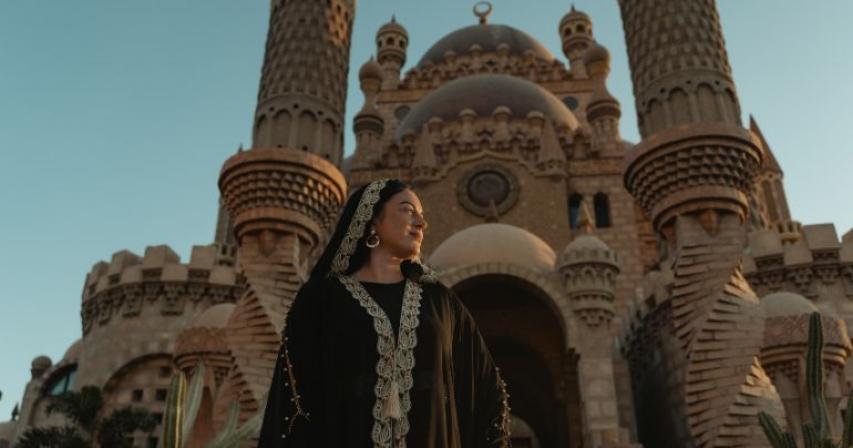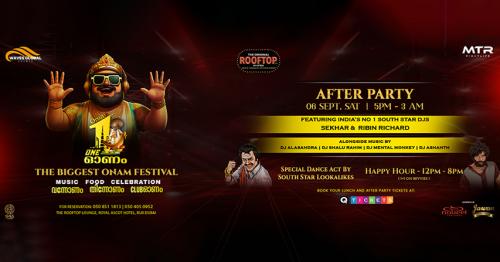Unveiling the Splendour of Traditional Dress in Dubai"

Dubai, a city known for its modern skyscrapers and vibrant lifestyle, also holds a treasure trove of cultural heritage. Among the many facets of its rich history is its traditional dress, which embodies the essence of Emirati culture. In this blog, we delve into the elegance and significance of Dubai's traditional attire, exploring the distinctive garments that have stood the test of time, preserving the city's identity through generations.
- The Traditional Emirati Clothing:
The traditional dress of Dubai, like many other parts of the United Arab Emirates (UAE), is a reflection of the desert lifestyle and serves a practical purpose in the harsh climatic conditions. The men wear the "Kandura" or "Dishdasha," a long, loose-fitting, ankle-length robe made of cotton or wool to keep them cool in the scorching heat. On the other hand, women don the elegant "Abaya," a long, black cloak, which they drape over their regular clothing to maintain modesty and protect themselves from the sun.
- The Exquisite "Kandura":
The "Kandura" holds deep cultural significance and is more than just a garment; it represents modesty, humility, and tradition. The color of the "Kandura" varies, but white is the most popular choice as it reflects sunlight and keeps the wearer cool. The garment is often complemented with an "Egal," a black cord-like rope worn as a headband, and a "Ghutra," a white or red-checkered headscarf that completes the sophisticated look.
- The Graceful "Abaya":
For Emirati women, the "Abaya" is not just a symbol of modesty but also an expression of elegance and femininity. Though traditionally black, the modern "Abaya" comes in a variety of colors and styles, adorned with intricate embroidery and embellishments. Women often pair their "Abaya" with a face-covering called the "Niqab" for additional privacy, demonstrating their strong cultural identity and religious beliefs.
- Embracing Tradition in Modern Times:
While Dubai's fast-paced development has brought about tremendous change, the city's residents continue to honor their traditions by proudly wearing their traditional dress during important occasions and religious festivals. Moreover, you can still witness locals wearing traditional attire in souks (markets), weddings, and cultural events, showcasing their unwavering commitment to preserving their heritage.
- Influence of Globalization:
With Dubai being a cosmopolitan hub, the traditional dress has not remained untouched by the waves of globalization. As the city welcomes people from diverse backgrounds, elements from various cultures have influenced the traditional attire. You may find modern "Abayas" made from luxurious fabrics and adorned with contemporary designs, reflecting a fusion of tradition and modernity.
- Reviving Tradition Through Fashion:
In recent years, there has been a surge in the fashion industry's interest in traditional Emirati clothing. Local and international designers have taken inspiration from the elegant "Abaya" and "Kandura," incorporating these elements into their haute couture collections. This renaissance of traditional dress not only celebrates Emirati culture but also fosters cross-cultural exchanges, making Dubai a melting pot of style and creativity.
Conclusion:
Dubai's traditional dress is more than just a piece of clothing; it is a symbol of pride, heritage, and cultural identity. As the city continues to embrace modernity, its residents uphold the tradition of donning the graceful "Abaya" and the dignified "Kandura," celebrating their history while looking towards the future. Through the elegant attire that has withstood the test of time, Dubai exemplifies how a harmonious blend of tradition and modernity can flourish in the heart of a thriving metropolis.
By: Doyal Arora





Comments